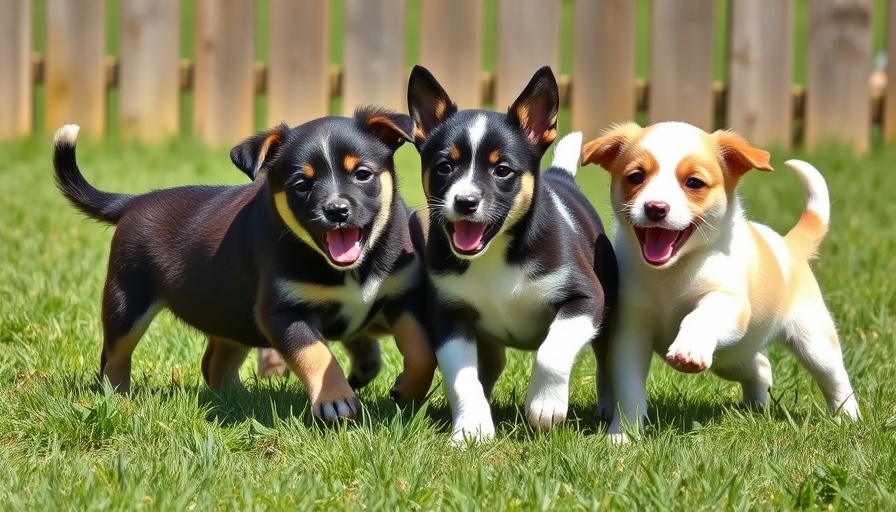
Exploring Air-Dried Dog Food: A Nutritious Alternative to Kibble
Are you considering a change in your pup's diet? The growing popularity of air-dried dog food has pet owners intrigued, and for good reason. This innovative food option combines nutrition with convenience, making it a favorable choice over traditional kibble. With a focus on premium ingredients and minimal processing, air-dried dog food can be a game changer for your furry friend!
What Sets Air-Dried Dog Food Apart?
Air-dried dog food differs significantly from kibble and dehydrated food. The air-drying process involves slowly drying raw ingredients using air, preserving their nutritional content much more effectively than high-heat methods typically used in kibble production. This not only helps to retain flavors and essential nutrients but also significantly reduces the need for artificial preservatives.
The Benefits of Air-Dried Dog Food
There are several benefits associated with air-dried dog food that pet owners should consider. Here are a few notable ones:
- High Nutritional Value: As noted by Healthy Valley Dog Food, air-dried dog food retains a higher nutrient content compared to traditional kibble. This means your pet can enjoy a diet rich in essential vitamins and minerals.
- Reduced Fillers: Unlike many commercial kibbles that often include cheap fillers, air-dried varieties utilize fewer, higher-quality ingredients. This makes it a suitable choice for dogs with allergies or sensitivities.
- Convenience: Air-dried food is shelf-stable, requiring no refrigeration. Additionally, it’s lightweight and easy to store, making it an ideal option for travel.
- Picky Eater Approved: The concentrated flavors and aromas often appeal to even the fussiest of eaters, ensuring that your challenging canine will likely enjoy mealtime more.
- Digestibility: Many dog owners find that their pets digest air-dried food more easily compared to heavily processed kibble.
Choosing the Best Air-Dried Dog Food
When selecting air-dried dog food, it’s vital to prioritize quality. Look for products that feature natural ingredients and avoid those containing artificial additives or excessive fillers. You should also consider your dog's life stage and specific dietary needs when choosing a product.
Brands like Badlands Ranch and ZIWI Peak have been recognized as leading options, noted for their quality and commitment to safety. These brands have gained a reputation not just for their premium selections but also for meeting AAFCO guidelines for a balanced diet.
Future Trends in Dog Nutrition
As pet parents become increasingly conscious of their dogs' dietary needs, we can expect a continuing trend towards more natural, minimally processed foods. The inclination towards high-protein, low-carb diets mirrors movements in human dietary choices, with a greater emphasis placed on nutrition derived from whole food sources.
Additionally, the air-dried dog food market seems poised for growth, especially as awareness of the benefits of this feeding method becomes more mainstream. As mentioned in Only Natural Pet, air-dried food is suitable for dogs of all ages and is an ideal option even for those with sensitive stomachs.
Final Thoughts: Make An Informed Choice
While air-dried dog food might be on the pricier side, many pet owners find the health benefits and convenience outweigh the costs. Transitioning to a new dog food should always begin with a conversation with your veterinarian. They can help provide direction and ensure any dietary changes suit your dog's unique health profile.
In conclusion, air-dried dog food represents a nutritious and convenient alternative to traditional kibble, offering several advantages. If you're ready to discover the benefits of this feeding option, start by exploring trusted brands and choosing a formula that aligns with your dog's needs.
 Add Row
Add Row  Add
Add 




Write A Comment